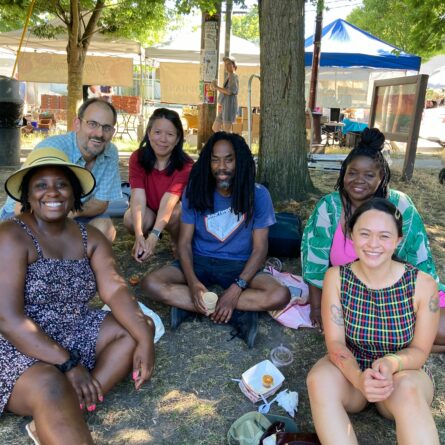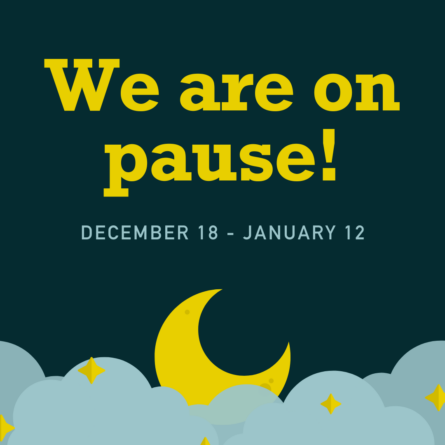
News + Events
Like many of you, I have been watching the rise of the Occupy Wall Street movement with both excitement and lots of questions. I imagine that seeing so much passion and action from all the people participating nationwide (and worldwide) has lifted the spirits of all of us that work for justice and equality. It’s much more difficult to know what the long-term impact will be on the larger ongoing movement for change.
There is no denying the reach and appeal of standing with the 99%. Data continues to emerge about the widening wealth gap while our national political leaders continue to debate further tax cuts for the wealthy and service cuts for the poor. Just in our region, Occupy protests have sprung up in Seattle, Olympia, Spokane, Tacoma, Vancouver, Portland, Ashland, Bend, Eugene, Medford, Roseburg, Salem, Boise, Idaho Falls, Pocatello, Casper, Bozeman, Missoula, Helena, Butte, Great Falls, and Kalispell. Social Justice Fund Grantees have been engaging in many of these actions.
This movement has also inspired many people who benefit from the economic system to come out in solidarity. Resource Generation has partnered with Wealth for the Common Good to create a website called “We are the 1 percent, we stand with the 99 percent.” Over a hundred people have posted pictures of themselves with signs with their personal stories of privilege and solidarity. Many of these have been carried at Occupy Wall Street and other actions around the country. Social Justice Fund members and participants in our Next Generation Giving Project have been among those that have posted.
This open cross-class engagement around economic justice is something new. The media agrees, and outlets including Huffington Post, MSNBC, and the Wall Street Journal have picked up the story. Coming together across identities to work together for change is a core part of our work at Social Justice Fund, and vital to our Giving Projects. It’s inspiring to see these conversations (which can be so rare) playing out across the country.
I had the privilege of visiting the Occupy Wall Street protest in New York when I was there a few weeks ago for a board meeting for Emerging Practitioners in Philanthropy. Although being on crutches from a sprained ankle limited my ability to participate somewhat, I spent a few hours talking to folks and hobbling along in an impromptu march. What I was struck by the most was the high level of engagement and debate. Pairs and small groups of people were engaged in critical conversations about jobs, movement building, macroeconomics, electoral politics, and more—and they were doing so with people they had never met before, often times from radically different backgrounds.
The question remains what any of this has to do with long-term change. At Occupy Seattle, some protesters were having a conversation about why more local activist groups weren’t participating. With some frustration, one man said “I don’t understand why they aren’t showing up!” The priceless response was “Have you been showing up for them?” Local organizations working for justice have organized countless protests, rallies, lobby days, and days of action. For this new movement to have credibility, it needs to support existing campaigns and organizations.
This divide between ongoing work and the new movement has unsurprisingly centered on race. The economic crisis that precipitated the Occupy protests had been an ongoing crisis in communities of color. For example, in 1998 when unemployment for white workers was 4%, the rate for African Americans was 9.2%, above today’s total rate of 9.1%. Not only has the crisis been long term in communities of color, but so has the movement for change. Many have pointed out the relative lack of people of color participating in the protests—fewer have recognized that part of the reason is that people of color are active in their own organizations and actions. It has been these efforts (led by many of our grantees) that has prevented things from being even worse for all low income people.
I have spent a number of days over the past few weeks at Occupy Seattle, supporting conversations about how race and racism are playing out within the movement. Many people participating, especially those brand new to activism, do not yet have a critical analysis of racism. Last Saturday, groups that organize in communities of color led a rally focused on the impact that disproportionate impact the economic crisis has had. Leaders of color are engaging with the occupation and trying to build bridges, and white allies are supporting the process and working to increase the level of knowledge about racism among the group. There is a lot of progress to be made before the Occupy movement can be described as part of a larger movement or accountable to communities of color, but I’m thrilled the conversations are happening.
There is lots of great thinking from leaders on this issue. In an article in Colorlines, Rinku Sen breaks down the difference between occupying and organizing, issuing a challenge for movements to slow down and organizations to speed up. In this short video, Grace Lee Boggs brings her 70 years of activist experience to bear in her advice to Occupy Wall Street.
If you haven’t already, I encourage you to go down and visit your local Occupy action. Engage people in conversation, bringing your critique as well as your passion. As we watch how this movement develops, make sure to continue supporting those organizations that are working every day for a better world.

